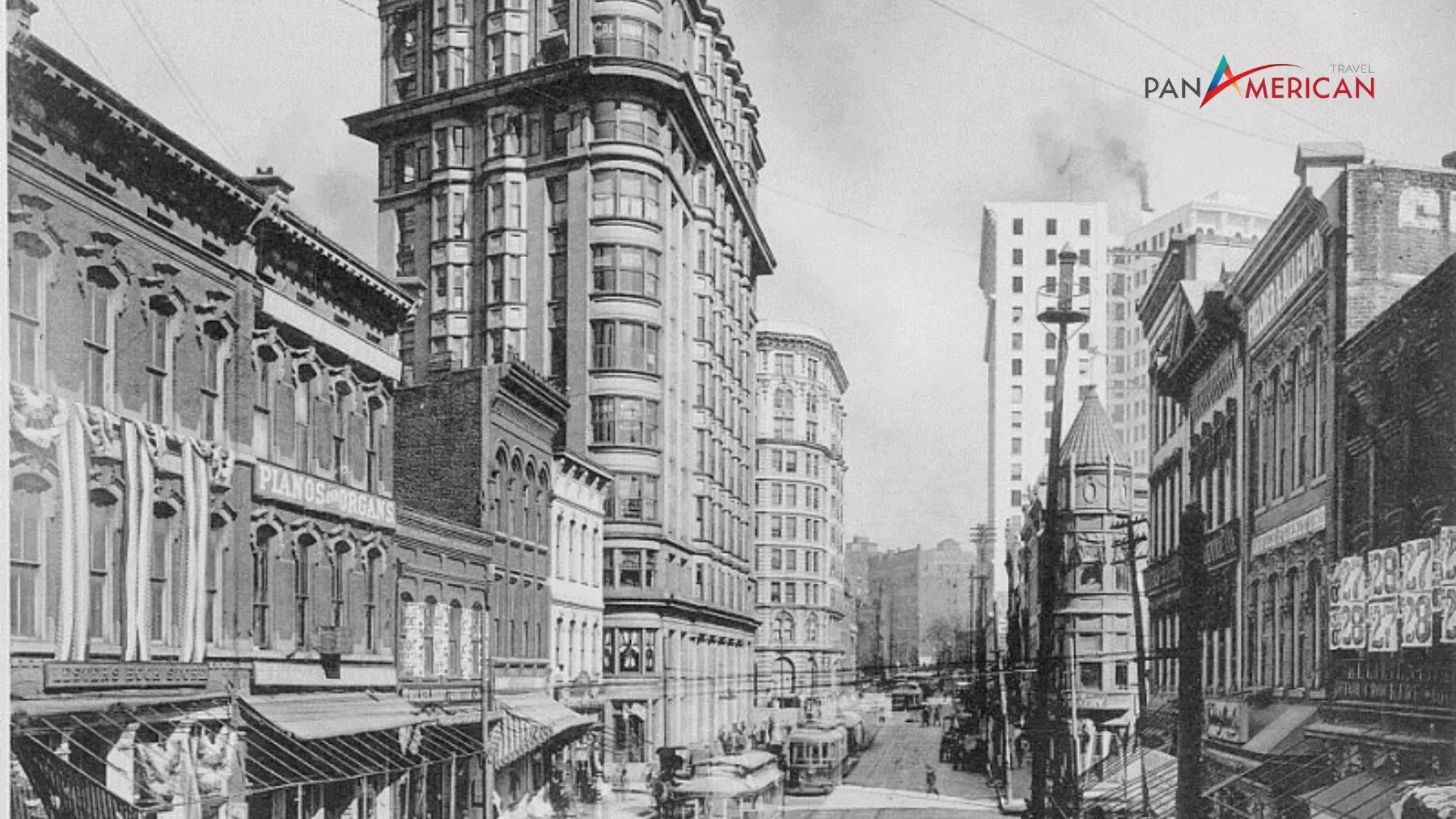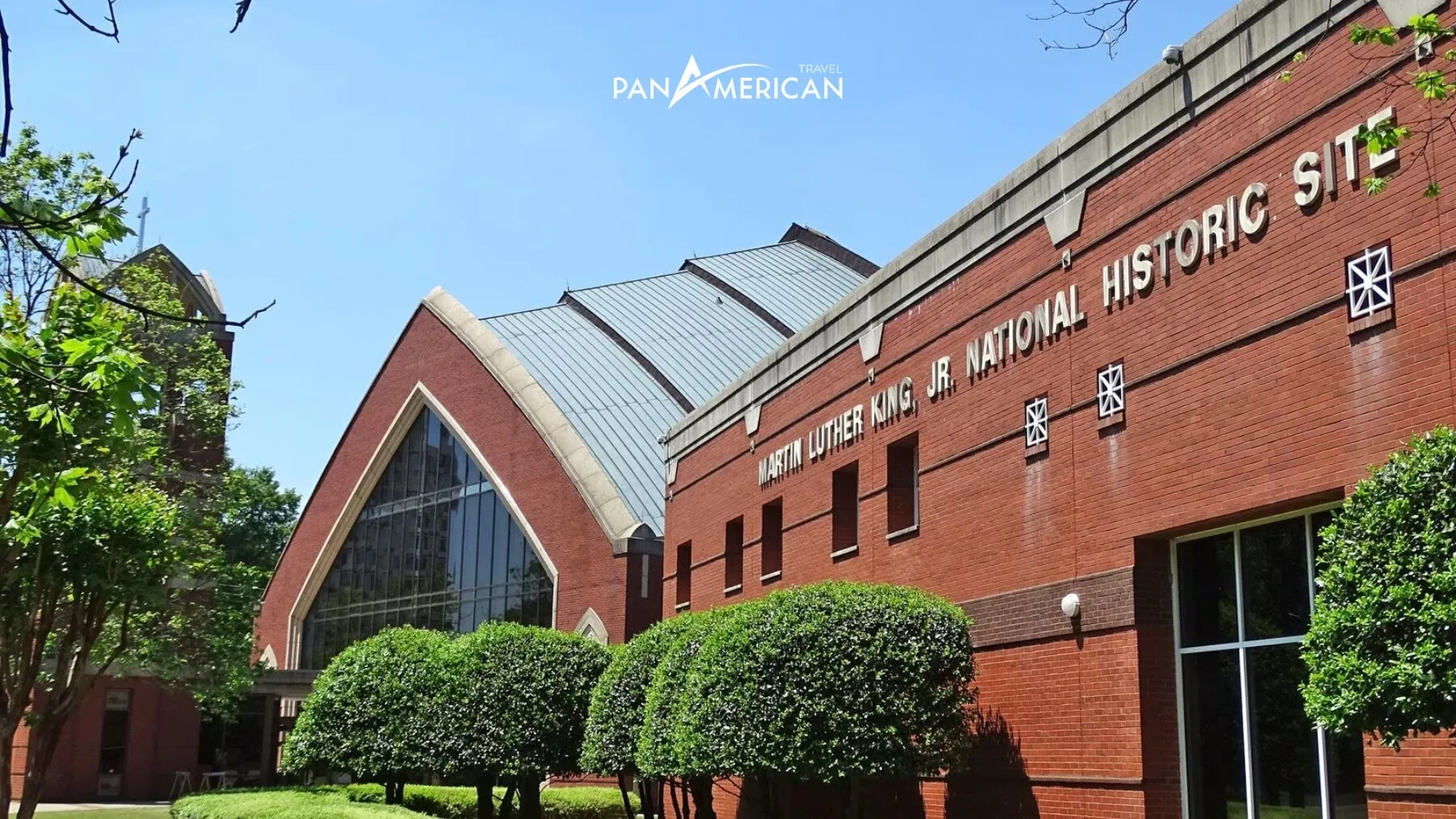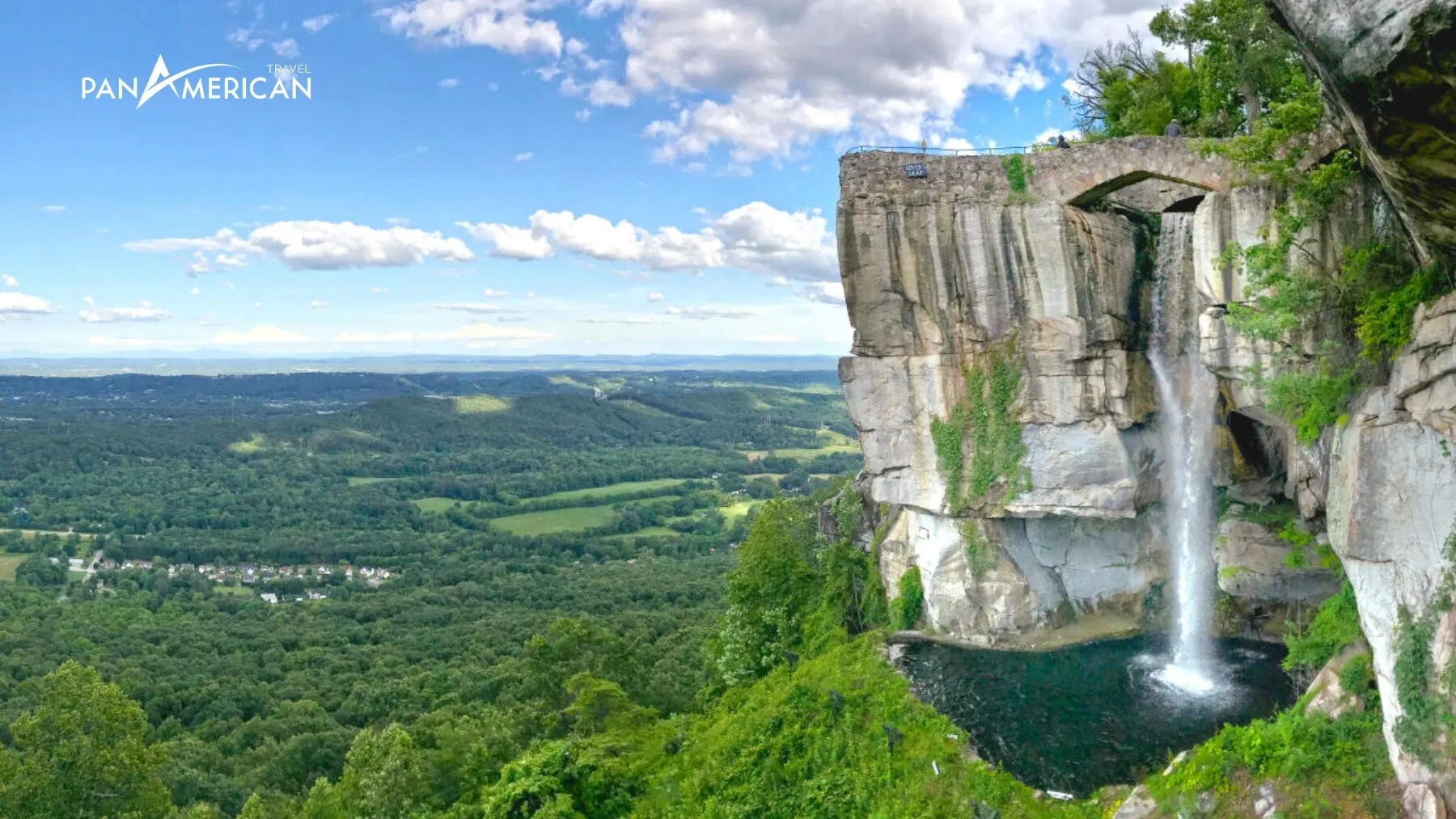Georgia, the heart of the American South, is renowned not only for its lush green mountains and vibrant city of Atlanta but also as a major stage for the American Civil War (1861-1865). Historical sites throughout the state, from fierce battlefields to ancient houses, silently recount the story of a painful yet transformative period in American history.
The Historical Context of the American Civil War in Georgia
Georgia played a pivotal role in the Confederacy, both economically and militarily. With a developed railway system, Atlanta became a crucial logistics center, supplying troops and weapons to the Confederate army. Georgia’s prosperity, based on a plantation economy where enslaved labor was dominant, further fueled the state’s determination to protect the “Southern way of life” and states’ rights—the underlying causes of the Civil War.
Throughout the war, Georgia witnessed numerous major battles, particularly the Atlanta Campaign of 1864, a significant turning point leading to the Confederacy’s defeat. Union General William Tecumseh Sherman conducted his devastating “Sherman’s March to the Sea” through Georgia, destroying infrastructure and inflicting severe damage on the state. However, from the ashes, Georgia emerged stronger, becoming a symbol of resilience and reconciliation.
Atlanta and the Civil War: From Rail Hub to Flames of War
Atlanta, initially a small town called Terminus before the Civil War, rapidly developed due to its strategic location as a railway hub. By the outbreak of war, Atlanta had become the “gateway to the South,” a vital industrial and transportation center for the Confederacy.
However, this strategic importance turned Atlanta into a prime target for the Union army. The Atlanta Campaign, lasting from May to September 1864, was a series of fierce battles around the city. Union forces under General Sherman gradually defeated Confederate troops commanded by General John Bell Hood, capturing Atlanta on September 2, 1864.

After capturing Atlanta, Sherman ordered the evacuation of civilians and the burning of the city, a controversial act but decisive for the war’s outcome. The fire consumed much of Atlanta, symbolizing the brutality of war and the collapse of the Confederacy. Today, modern Atlanta has risen from the ashes, but the imprints of the Civil War remain visible in many of the city’s and Georgia’s historical sites.
Famous Civil War Historical Sites in Atlanta and Georgia
Georgia boasts countless historical sites related to the American Civil War, from museums preserving artifacts to vast battlefields. Here are some notable locations that history enthusiasts should not miss:
Atlanta History Center

The Atlanta History Center is a must-visit destination for those seeking a deeper understanding of Civil War history in Georgia. The center houses the region’s largest collection of Civil War artifacts, including weapons, uniforms, letters, diaries, and personal items of soldiers and civilians. Visitors can explore permanent and temporary exhibitions, tour historic houses like Swan House, Smith Farm, and Wood Family Cabin, to better visualize life in Atlanta during the Civil War era. In particular, the elaborately curated Civil War exhibition area will help you understand Atlanta’s role in the war, the progression of fierce battles, and the war’s aftermath for the city.
Chickamauga & Chattanooga National Military Park

Although most of the park is located in Tennessee, Chickamauga & Chattanooga National Military Park also includes territory in northern Georgia and plays a crucial role in preserving Civil War heritage. Chickamauga was one of the bloodiest battles in the Western Theater of the Civil War, fought in September 1863. Visitors can hike battlefields, explore memorials, and learn about military tactics and the poignant stories of the battle through interpretive panels and the visitor center.
Kennesaw Mountain National Battlefield Park

Kennesaw Mountain National Battlefield Park, located just outside Atlanta, is the site of another significant battle in the Atlanta Campaign in June 1864. Here, Confederate forces attempted to halt Sherman’s advance on Atlanta. The park preserves the battlefield with trenches, fortifications, and other war relics. Visitors can drive or hike to the summit of Kennesaw Mountain for panoramic views of the battlefield and surrounding area, while learning about the battle’s events and the sacrifices made by both sides.
Andersonville National Historic Site

Andersonville National Historic Site, located in southern Georgia, is a deeply poignant site of the Civil War. It was the location of Andersonville Prison, a Confederate prisoner-of-war camp where thousands of Union soldiers died from starvation, disease, and harsh living conditions. Today, Andersonville is a national memorial, including Andersonville National Cemetery, the final resting place of thousands of fallen prisoners. Visiting Andersonville is a moving experience, helping visitors deeply feel the brutality and loss of war.
Stone Mountain Park

Stone Mountain Park is not only a popular recreational destination with stunning natural scenery but also the site of a controversial Civil War-related monument. Carved into the massive granite face of Stone Mountain is a sculpture of three Confederate leaders: Jefferson Davis, Robert E. Lee, and Stonewall Jackson. This relief is a contentious symbol of the “Lost Cause of the Confederacy” and remains a subject of intense debate in modern American society. However, for those seeking to understand how Southerners view their past, Stone Mountain Park is a worthwhile place to visit and reflect.
Tips for Visiting Civil War Sites in Georgia
To have a fulfilling and meaningful trip exploring Civil War sites in Georgia, consider the following:
- Plan ahead: Determine the sites you want to visit based on your interests and time. Research the history and significance of each site to enrich your trip.
- Choose the right time to visit: Spring and fall are the best times to visit Georgia, with mild and pleasant weather. Summer can be hot and humid, while winter can be cold with snow in the northern mountains.
- Wear comfortable clothing: You will be moving around and walking outdoors a lot, so choose comfortable clothing and footwear suitable for the weather.
- Get information at visitor centers: Most historical sites have visitor centers where you can find maps, detailed site information, tour schedules, and guides.
- Take time to read interpretive signs: Historical sites often have detailed interpretive signs providing information about historical events, figures, and important locations. Reading these signs carefully will enhance your understanding of what you are seeing.
- Join guided tours: If possible, join guided tours. Guides will provide you with in-depth and engaging information that you might not find in books.
- Show respect: Civil War sites are sacred places, commemorating those who sacrificed their lives in the war. Show respect by keeping the sites clean, avoiding loud noises, and adhering to site regulations.
Conclusion
Georgia is not only a beautiful state with rich nature and modern cities but also a treasure trove of rich history, especially concerning the American Civil War. Exploring the famous sites associated with the Civil War in Georgia is a meaningful journey, helping us better understand America’s turbulent past, reflect on historical lessons, and appreciate the value of peace. Plan your Georgia trip today and discover the captivating historical stories that await!